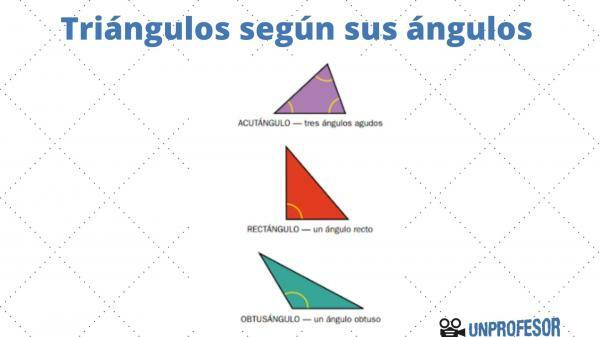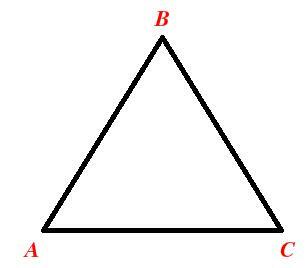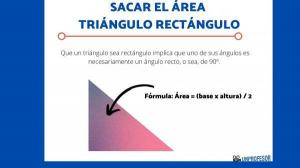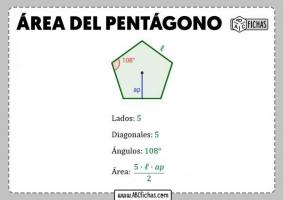Types of TRIANGLES and their angles

In this new publication by a PROFESSOR we bring you an extremely important topic in mathematics and, more specifically, in the area of geometry: types of triangles and their angles. To address this issue, we will begin by explaining what a triangle is theoretically and what is its relationship to the angles they have. Later, we will expose the types of triangles that exist based on the angles that form them. Also, to enhance the learning process, we will provide images of these triangles so that the explanation is more graphic.
Index
- Definition of triangle
- How are triangles classified according to their angles?
- Types of triangles according to their angles
Definition of triangle.
In geometry, we refer to a triangle when it comes to a polygon resulting from joining three points different with straight lines; and consequently, a geometric figure is formed that has three sides (a, b and c), three vertices (A, B and C) and three angles that are inside the geometric figure. Moreover, the name of the figure itself already suggests its very composition, "triangle": it shows that the number three is essential for the geometric and mathematical understanding of the polygon in question.
In the next section we will delve into the relationship that exists between the angles that make up this figure and their rating based on them.

How are triangles classified according to their angles?
In addition to what was mentioned in the previous section, to understand triangles it is essential to understand the relationship that exists with the angles that make it up. For this reason, it is essential to mention that every triangle, regardless of its name or classification, is composed of three angles, which added together will always give a total of 180 degrees. That is, it does not matter which triangle it refers to, even if it is classified according to its sides, in any case the sum of the angles of a triangle will always be 180.
In this sense, another important element is that a triangle cannot have more than a right angle (90 degrees) or obtuse (greater than 90 degrees).
Having seen this concept and fundamental link between the triangle and its angles, we are going to proceed to mention the types of triangles that exist according to the measure of their internal angles.
Types of triangles according to their angles.
Before presenting the types of triangles according to their angles, from a PROFESSOR we consider it important to point out that although there are other types of triangles, these are based on their sides.
With that said, let's continue with the central theme of this lesson. The types of triangles and their angles they are divided into two: right triangle and oblique triangle; the latter, with a subdivision: acute and obtuse.
Right triangle
They are triangles that have a right angle (90 degrees). In this case, and to deepen the theory, the side opposite this 90 angle is called the hypotenuse and the other two sides are called the legs. Keep in mind that the hypotenuse will always be greater than the legs of this triangle. Likewise, in a right triangle the two acute angles (less than 90 degrees) are complementary and their sum must always give 90 degrees.
Acute triangles
They are triangles that are formed by three acute angles; that is, all of its angles are less than 90 degrees.
Obtuse triangles
As the name implies, they are triangles that have an obtuse angle; that is, greater than 90 degrees.
If you want to read more articles similar to Types of triangles and their angles, we recommend that you enter our category of Geometry.



